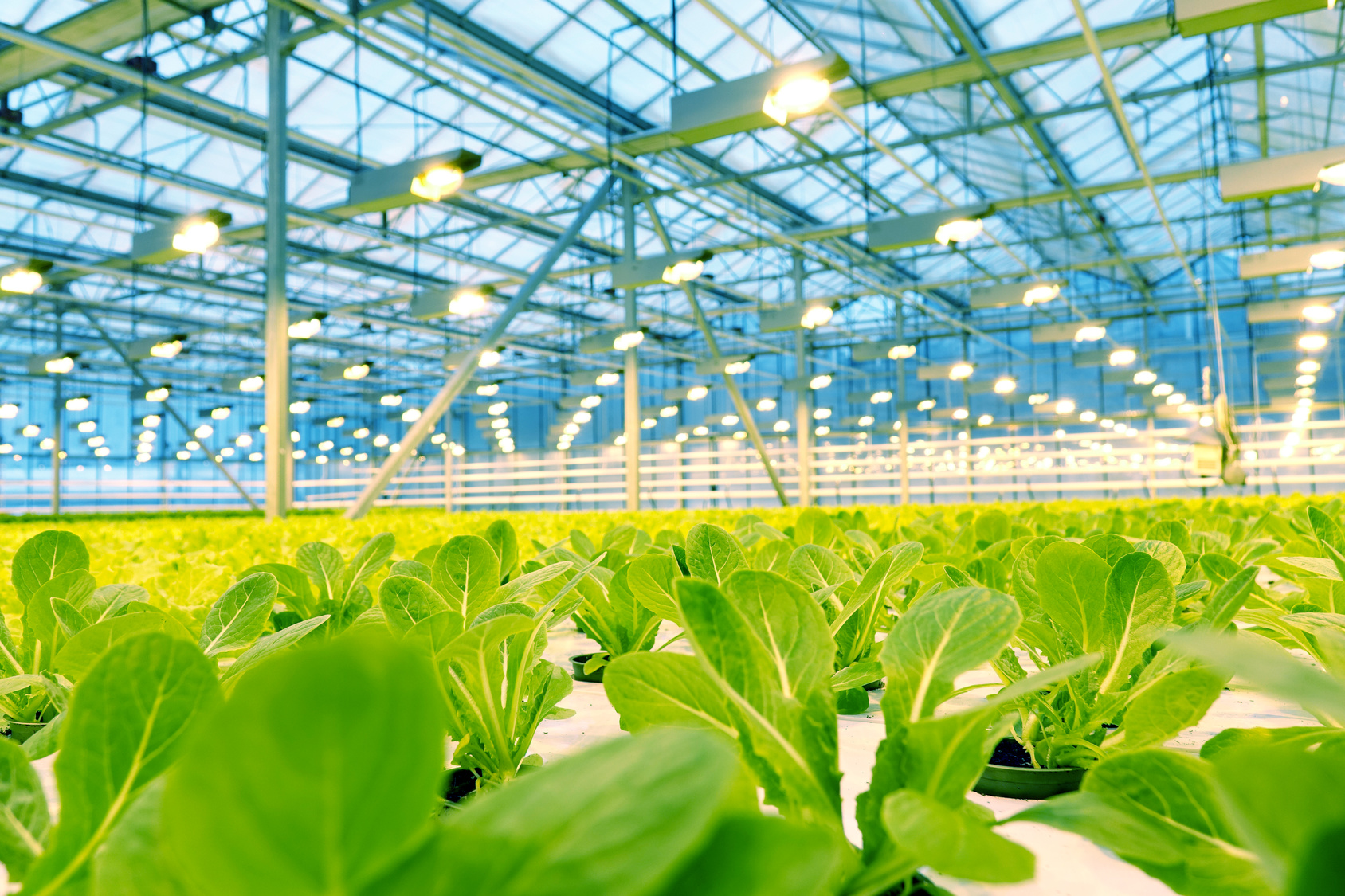We’re here to talk about food system innovation. When we first started this conference, we talked about agtech, and as investors we also focus on healthcare and the convergence of healthcare and agriculture.
Innovation is now being discussed as food system innovation. And, so we’ve invited you all and eager to have you participate in the conversation about how we make food improve health and life.
We spend about $1.6 trillion a year in the United States on food. We spend between $500 billion and $1 trillion on nutrition-related health care. That’s diabetes, cardiovascular disease, etc. And what we’re trying to concentrate now on is, is how do we solve these two problems at once.
[What the Borden Bankruptcy Tells Us About the Future of Food]
As we think about the food system, there are really two food systems.
System A is what we think of as Big Ag. It’s soy, it’s corn. It was first conceived after World War II, productionized by the United States, and on a worldwide basis has delivered calories at scale affordably and cheaply.
But the byproduct of this over time is it creates later-stage life health issues.
System B is one that many people in this room probably live in and that is healthy, nutritious food. It’s more expensive, it’s harder to get access to buy, but people who live in System B go on to live wonderful lives. And whether it’s a Mediterranean diet or other types of diets, it’s a healthier food system, but it’s expensive.
We’ve seen the cost of computers come down. We’ve seen the cost of cars come down, the cost of refrigerators and air transportation through the last a hundred years. But this food system always seems to stay high and expensive.
And, as innovators, we sort of wonder about that. This is a chart of inflationary and deflationary forces. Everything in the blue, things like cell phones, have come down in cost over time. Everything in red has gone up in time.
I have studied innovation my entire career and the fundamental truth about innovation is it’s deflationary. Innovation ultimately drives down the cost of a good, it makes it more available to more people.
Healthcare has a lot of innovation, food has a lot of work being done. But then the question is, are we spending enough? Are we investing enough? Are we doing enough research and development? Are we backing enough entrepreneurs?
The reality is in all elements of this chart that are red; we are not. We may be spending 3% of GDP on R&D or something like that, and people feel that that’s right. But, by definition, we do these; all the red lines in this chart should be coming down.
We estimate that in venture capital alone, the United States has a shortfall of about $12 billion a year of investment. And we are working on that as a firm, but it’s not just about investment. The other challenge we have is that 60% of people make their choice based on prices. You should take better care of yourself. But the practical reality is that most people decide based on price. So, we have to have deflationary forces in the food system to drive proper healthcare behavior. It’s the perfect job for entrepreneurs.
And that job is developing System C. A food system with System A’s cost, but System B’s nutrition. Where innovation lowers the cost, and consumers can afford healthy, tasty and nutritious. Where Food is Heatlh.





